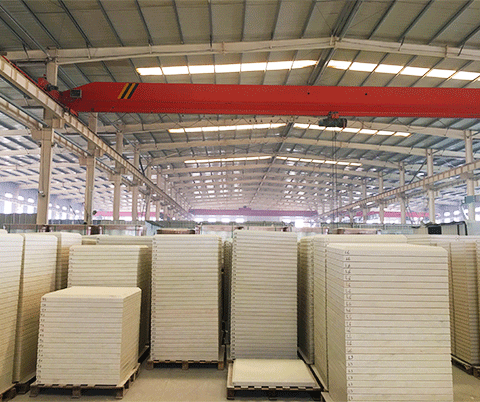loading...
- No. 9, Xingyuan South Street, Dongwaihuan Road, Zaoqiang County, Hengshui, Hebei, China
- admin@zjcomposites.com
- +86 15097380338
- Welcome to visit our website!
frp grating walkway
Exploring the Benefits of FRP Grating Walkways
In recent years, the construction and manufacturing industries have seen a significant shift towards utilizing advanced materials that enhance safety, durability, and environmental sustainability. One such innovation that has garnered attention is Fiber Reinforced Polymer (FRP) grating. Particularly, FRP grating walkways have emerged as a preferred choice for various applications, thanks to their numerous advantages over traditional materials.
What is FRP Grating?
FRP grating is a composite material made by combining fiberglass (a reinforcement material) with a polymer resin. This unique composition results in a lightweight yet robust material that can withstand harsh environmental conditions. FRP grating is available in various forms, including molded and pultruded designs, making it highly versatile for different applications. Its inherent properties make it a popular choice for walkways in industrial, commercial, and environmental settings.
Advantages of FRP Grating Walkways
1. Corrosion Resistance One of the most significant advantages of FRP grating walkways is their exceptional resistance to corrosion. Unlike metal grates that can rust when exposed to moisture and chemicals, FRP grating is impervious to these elements. This quality makes it ideal for use in environments like wastewater treatment plants, chemical processing facilities, and coastal areas where corrosion is a frequent concern.
2. Lightweight and Strong The lightweight nature of FRP grating makes it easy to handle and install, reducing labor costs and time. Despite its light weight, FRP grating boasts impressive mechanical strength, allowing it to support heavy loads without compromising structural integrity. This capability is particularly beneficial in industrial settings where heavy machinery and foot traffic are common.
3. Safety Features Safety is paramount in any walkway design. FRP grating offers excellent slip resistance due to its textured surface, reducing the risk of accidents in wet or slippery conditions. Additionally, its non-conductive properties make it a safe choice in environments where electrical hazards may be present.
frp grating walkway

4. Customizability FRP grating is highly customizable. Available in various colors, sizes, and configurations, it can be tailored to meet specific design requirements. This versatility allows for seamless integration with existing structures and aesthetic considerations, making it an attractive option for both functional and visual needs.
5. Low Maintenance Compared to traditional materials, FRP grating requires very little maintenance. Its resistance to corrosion, mold, and mildew means that it does not need regular treatments or coatings to preserve its integrity. This low-maintenance aspect significantly reduces the long-term operational costs associated with walkway upkeep.
6. Environmental Impact As environmental concerns continue to grow, the sustainability of materials used in construction becomes increasingly important. FRP grating is a greener alternative, as it can be manufactured with recyclable materials and has a long lifespan, minimizing waste. Moreover, the production of FRP materials consumes less energy compared to metal, thus reducing the carbon footprint.
Applications of FRP Grating Walkways
Given its formidable properties, FRP grating walkways are used in a wide array of applications. They are commonly found in industrial facilities, petrochemical plants, food and beverage processing plants, and municipal applications like parks and outdoor spaces. In addition, with the growing trend of using FRP materials in residential construction, these walkways can also be seen in residential decks, gardens, and pool areas.
Conclusion
In conclusion, FRP grating walkways present a modern solution that addresses many challenges faced in construction and industrial applications. Their unmatched corrosion resistance, lightweight yet strong structure, and safety features make them a reliable choice for various environments. As industries continue to seek sustainable and long-lasting alternatives, the adoption of FRP grating is likely to grow, paving the way for safer and more efficient walkways in the future. Embracing this innovative material is not just a trend, but a step toward ensuring safer, more durable, and eco-friendly infrastructure.
-
The Rise of FRP Profiles: Strong, Lightweight, and Built to LastNewsJul.14,2025
-
SMC Panel Tanks: A Modern Water Storage Solution for All EnvironmentsNewsJul.14,2025
-
GRP Grating: A Modern Solution for Safe and Durable Access SystemsNewsJul.14,2025
-
Galvanized Steel Water Tanks: Durable, Reliable, and Ready for UseNewsJul.14,2025
-
FRP Mini Mesh Grating: The Safer, Smarter Flooring SolutionNewsJul.14,2025
-
Exploring FRP Vessels: Durable Solutions for Modern Fluid HandlingNewsJul.14,2025
-
GRP Structures: The Future of Lightweight, High-Performance EngineeringNewsJun.20,2025
